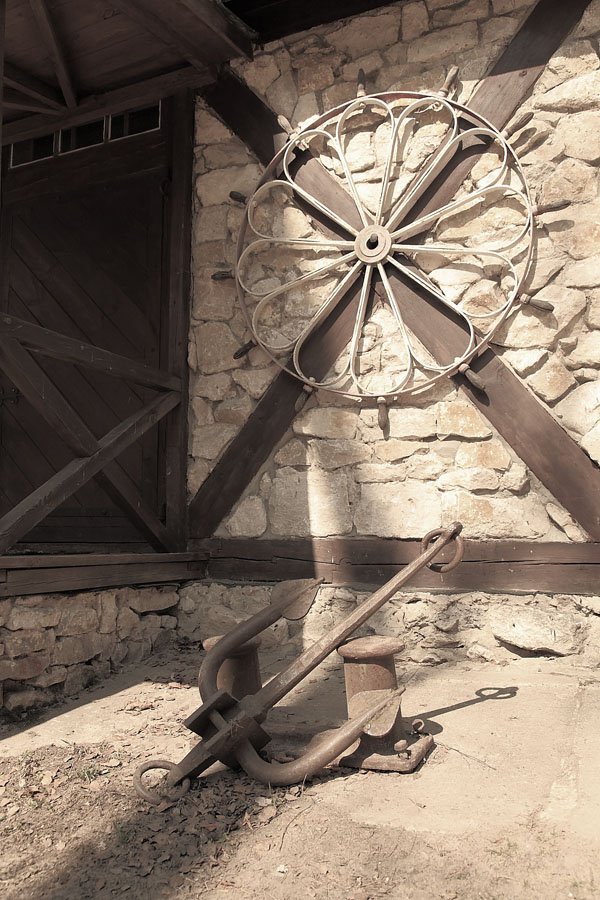This former boat shed was built according to the design of Vassily Polenov in 1896. Today the lower floor is used as an exhibition hall and currently hosts the “Diorama” show – a unique work created by the artist in the last years of his life, for the nearby village children. The method of a magic lantern lets spectators set on an imaginary journey from the POLENOVO estate around the world.
The “Diorama”, created by the artist in the 1920s, continues to draw the attention of museum visitors. A hundred years later, it remains authentic – only the light of a kerosene lamp has been replaced with an electric lamp.











